c. 1903 photomechanical print (postcard) : color: Public Domain, via Wikimedia Commons @ https://commons.wikimedia.org/wiki/File:Boston_Tea_Party_cph.3b53084.jpg; No known restrictions on publication, via Library of Congress Prints & Photographs Online Catalog (PPOC) @ https://www.loc.gov/pictures/item/2002719851/
near the Fort Point Channel at the corner of Atlantic Avenue and Seaport Boulevard: CaribDigita, Public Domain, via Wikimedia Commons @ https://en.wikipedia.org/wiki/File:Boston_Tea_Party_Plaque_-_Independence_Wharf_2009.jpg
engraving in W.D. Cooper's History of North America (1789), between pages 60-61: No known restrictions on publication, via Library of Congress Prints & Photographs Online Catalog (PPOC) @ https://www.loc.gov/pictures/item/2002718863/
"Destruction of Tea in Boston Harbor"
1846 hand-colored lithograph by Nathaniel Currier (March 27, 1813-November 20, 1888)
Library of Congress Prints and Photographs Division, Popular Graphic Arts Collection: No known restrictions on publication, via Library of Congress Prints & Photographs Online Catalog (PPOC) @ https://www.loc.gov/pictures/item/91795889/
east facade of John Bartram House with Bartram's Garden: Joel T. Fry (Jtfry at English Wikipedia), CC BY 3.0, via Wikimedia Commons @ https://en.wikipedia.org/wiki/File:Bartram_House_May_2002c.jpg
Tiadaghton State Forest, near Lock Haven, north central Pennsylvania: Nicholas A Tonelli (Nicholas_T), CC BY 2.0, via Flickr @ https://www.flickr.com/photos/nicholas_t/8087968008/
SAAL5: USDA Natural Resources Conservation Service, via USDA PLANTS Database @ https://plants.usda.gov/home/plantProfile?symbol=SAAL5&mapType;=nativity
all three major lobe variants (three-lobed; unlobed elliptical; two-lobed) on one sassafras branch; Franklin, southeastern Virginia; May 22, 2010: Rlevse, CC BY SA 3.0, via Wikimedia Commons @ https://commons.wikimedia.org/wiki/File:Sassafras_albidum_3_lobe_variations_B.JPG
GUOF: USDA Natural Resources Conservation Service, via USDA PLANTS Database @ https://plants.usda.gov/home/plantProfile?symbol=GUOF&mapType;=nativity
Veermata Jijabai Bhonsale Udyan (formerly Victoria Gardens), Byculla, South Mumbai, Maharashtra, west central peninsular India: Jayesh Patil, CC BY 2.0, via Wikimedia Commons @ https://commons.wikimedia.org/wiki/File:Guaiacum_officinale.jpg
Origanum majorana's aromatic leaves and cup-shaped flowers: J.P.C. (HeXeNeSi, CC BY-SA 2.0), via Flickr @ https://www.flickr.com/photos/hexenesi/3666606056/
opposite leaf arrangement: Emilia Karbownik (Dobromila), CC BY-SA 4.0, via Wikimedia Commons @ https://en.wikipedia.org/wiki/File:Majeranek2.jpg
Antwerp, northeastern Belgium: followtheseinstructions, CC BY-SA 2.0, via Flickr @ https://www.flickr.com/photos/followtheseinstructions/5895880931/
farmers' market, Rochester, southeastern Minnesota: Jonathunder, CC BY-SA 3.0, via Wikimedia Commons @ https://en.wikipedia.org/wiki/File:FreshMint.jpg
Mentha spicata spike of four-lobed flowers, with four long stamens extending from each flower: Miguel303xm, CC BY-SA 2.5, via Wikimedia Commons @ https://commons.wikimedia.org/wiki/File:Flowers_of_the_spearmint.JPG
Mother-of-thyme (Thymus serpyllum) flowers
raceme of tubular, four-lobed flowers, each with notched upper lobe: Joan Simon, CC BY-SA 2.0, via Flickr @ https://www.flickr.com/photos/simonjoan/224796002/
Bucey_lès-Gy, Haute-Saône department, Franche-Comté region, northeastern France: J.F. Gaffard, CC BY-SA 3.0, via Wikimedia Commons @ https://commons.wikimedia.org/wiki/File:Thymus_serpyllum1.jpg
Four stamens extend from each flower: Szabi237, CC BY 3.0, via Wikimedia Commons @ https://commons.wikimedia.org/wiki/File:Thymus_serpillum.JPG
hyssop's (Hyssopus officinalis) inflorescence
Botanical Garden KIT, Karlsruhe, Baden-Württemberg state, southwestern Germany: H. Zell, CC BY-SA 3.0, via Wikimedia Commons @ https://commons.wikimedia.org/wiki/File:Hyssopus_officinalis_002.JPG
absinthe's culinary apparel: Eric Litton, CC BY-SA 2.5, via Wikimedia Commons @ https://en.wikipedia.org/wiki/File:Absinthe-glass.jpg
sage (Salvia officinalis) flowers
Botanical Garden KIT, Karlsruhe, Baden-Württemberg state, southwestern Germany: H. Zell, CC BY-SA 3.0, via Wikimedia Commons @ https://commons.wikimedia.org/wiki/File:Salvia_officinalis_003.JPG
Salvia officinalis leaves
Conservatoire National des Plantes à Parfum, Milly-la-Forêt, Essonne department, Île-de-France region, northern France: Liné1, CC BY-SA 3.0, via Wikimedia Commons @ https://commons.wikimedia.org/wiki/File:Salvia_officinalis_02_by_Line1.JPG
1689 oil on canvas by Sir Godfrey Kneller (August 8, 1646 – November 7, 1723): Public Domain, via Wikimedia Commons @ https://commons.wikimedia.org/wiki/File:JohnEvelyn1687.jpg
MODI: USDA Natural Resources Conservation Service, via USDA PLANTS Database @ https://plants.usda.gov/home/plantProfile?symbol=MODI&mapType;=nativity
Nevin Lake, Bullitt County, "The Knobs" region, central Kentucky; Friday, June 30, 2006, 11:49: Joe Schneid (JMSchneid), Louisville, Kentucky, CC BY 3.0, via Wikimedia Commons @ https://commons.wikimedia.org/wiki/File:RubyThroatedHummingbird.jpg
sparkling elegance of glass tea cups: Laura D'Alessandro (flossyflotsam), CC BY 2.0, via Flickr @ https://www.flickr.com/photos/flossyflotsam/5564168683/
rosemary's evergreen, fragrant, needle-like leaves and tubular, two-lipped flowers: THOR, CC BY 2.0, via Wikimedia Commons @ https://en.wikipedia.org/wiki/File:Rosmarinus_officinalis133095382.jpg
Charles Wesley Tuttle, Capt. John Mason (1887), opposite page 409: Public Domain, via Internet Archive @ https://archive.org/details/cihm_03781/page/n442/mode/1up?view=theater
Cobbe portrait, assumed to be William Shakespeare, c. 1595 - 1610 painting on oak panel: Public Domain, via Wikimedia Commons @ https://en.wikipedia.org/wiki/File:Cobbe_portrait_of_Shakespeare.jpg
National Portrait Gallery, London: Transferred from British Museum, 1879: Public Domain, via Wikimedia Commons @ https://commons.wikimedia.org/wiki/File:Francis_Bacon,_Viscount_St_Alban_from_NPG_%282%29.jpg
Lavandula angustifolia
Karlsruhe, Baden-Württemberg state, southwestern Germany: H. Zell, CC BY-SA 3.0, via Wikimedia Commons @ https://commons.wikimedia.org/wiki/File:Lavandula_angustifolia_003.JPG
Harper's New Monthly Magazine, Vol. LX, No. CCCLVI (February 1880), p. 322: Public Domain, via Wikimedia Commons @ https://en.wikipedia.org/wiki/File:John_bartram00.jpg
Pertuis, Vaucluse department, Provence-Alpes-Côte d'Azur region, southeastern France: Véronique Pagnier, CC BY SA 3.0, via Wikimedia Commons @ https://commons.wikimedia.org/wiki/File:Miel_de_lavande_Label_Rouge.JPG
understory and rangeland plants: Solidago odora seeds in October: James H. Miller, USDA Forest Service, Bugwood.org, CC BY 3.0 U.S., via Forestry Images @ https://www.forestryimages.org/browse/detail.cfm?imgnum=1120251
understory and rangeland plants: September: James H. Miller & Ted Bodner, Southern Weed Science Society, Bugwood.org, CC BY 3.0 U.S., via Forestry Images @ https://www.forestryimages.org/browse/detail.cfm?imgnum=1120250
seeds of anise plant (Pimpinella anisum): David Monniaux (David.Monniaux), CC BY-SA 3.0, via Wikimedia Commons @ https://fr.wikipedia.org/wiki/Fichier:Aniseed_p1160018.jpg
Solidago odora
Jacob Bigelow, American Medical Botany, Vol. I, Plate XX, opposite page 187: uwdigital collections, CC BY 2.0, via Flickr @ https://www.flickr.com/photos/uwdigicollec/3528518644/; Public Domain, via Biodiversity Heritage Library @ https://www.biodiversitylibrary.org/page/2955783
Two-lipped Stachys officinalis flowers have three lobes, with central lobe as the largest, and top square, stiff stems.: Joan Simon, CC BY-SA 2.0, via Flickr @ https://www.flickr.com/photos/simonjoan/2484350126/
Stachys officinalis leaves are long, with toothed margins.: Ettore Balocchi, CC BY 2.0, via Flickr @ https://www.flickr.com/photos/29882791@N02/8304626508
Silver teapot made, 1773, by Paul Revere (December 21, 1734 – May 10, 1818): Daderot, Public Domain, Wikimedia Commons @ https://commons.wikimedia.org/wiki/File:Teapot,_1773,_Paul_Revere_silver_collection,_Worcester_Art_Museum_-_IMG_7635.JPG
one of three ships (Beaver, Dartmouth, Eleanor) relieved of tea chests Monday, Nov. 29, 1773: Kevin Dooley (kevin dooley), CC BY 2.0, via Flickr @ https://www.flickr.com/photos/pagedooley/866996487/
"Engrav'd for the Pennsylva. magazine" v. 1, 1775, page 29: Public Domain, via Library of Congress Map Collection @ https://www.loc.gov/item/gm71005469/
Beaver, labelled 1 (center right), was one of three ships relieved of tea cargo almost five years later.: Boston Public Library, CC BY 2.0, via Flickr @ https://www.flickr.com/photos/24029425@N06/2885434574/


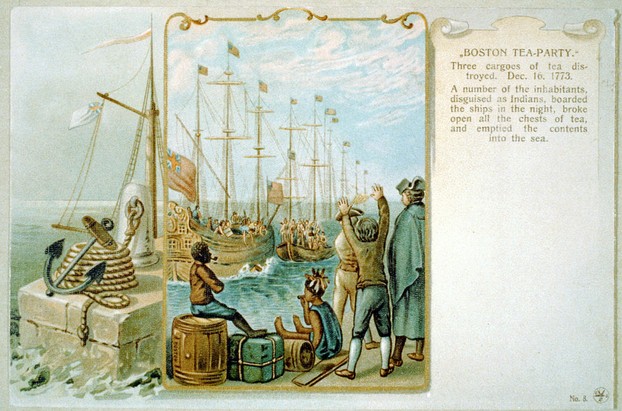
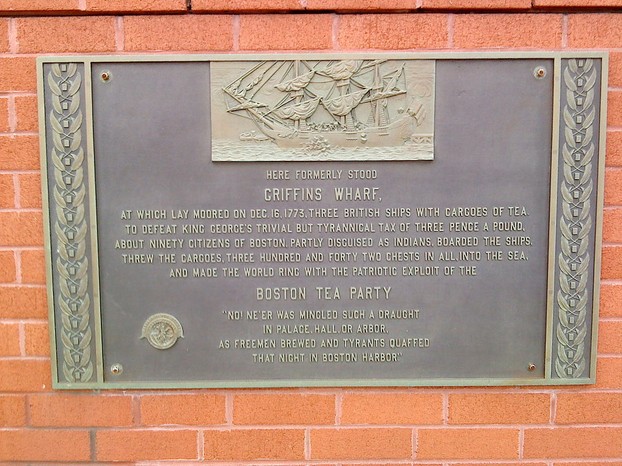
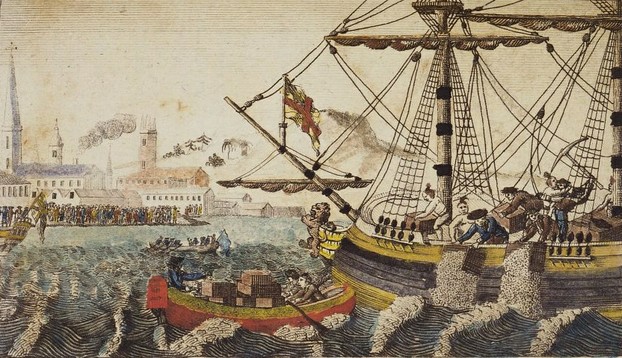
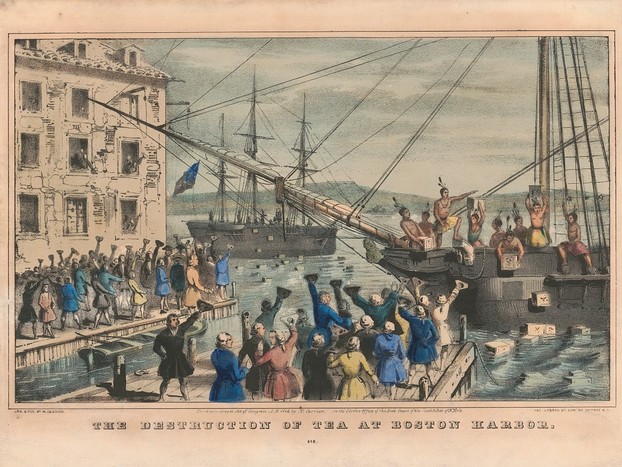
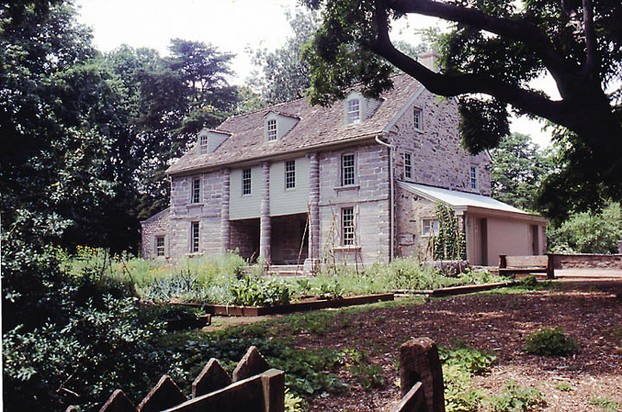
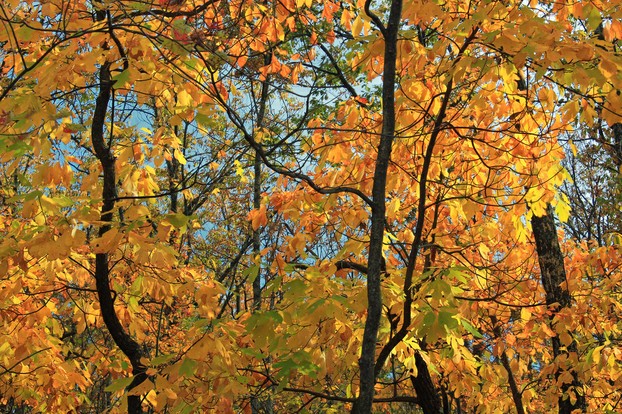
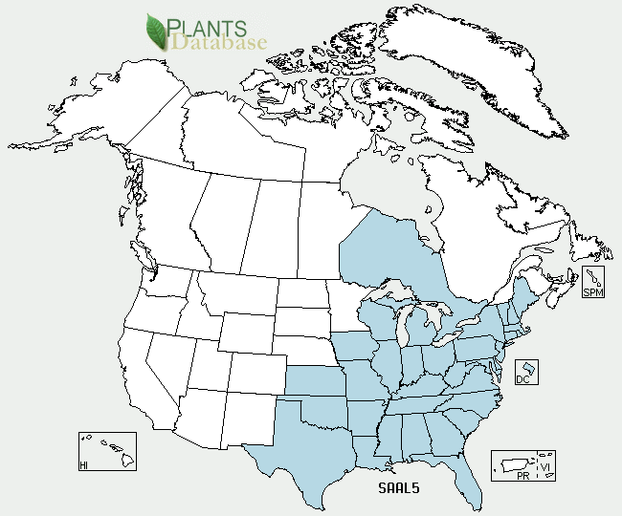
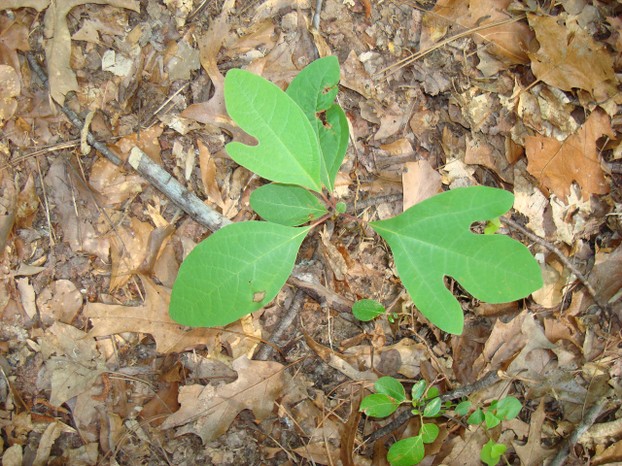
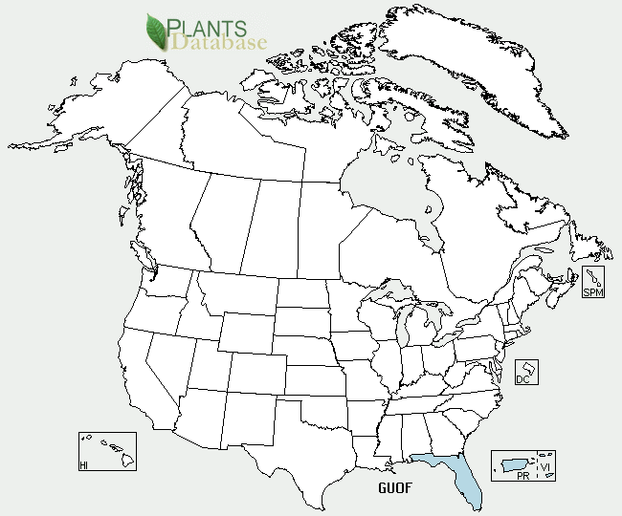
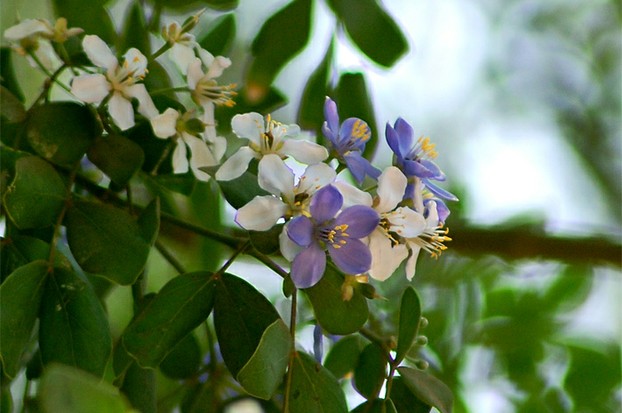
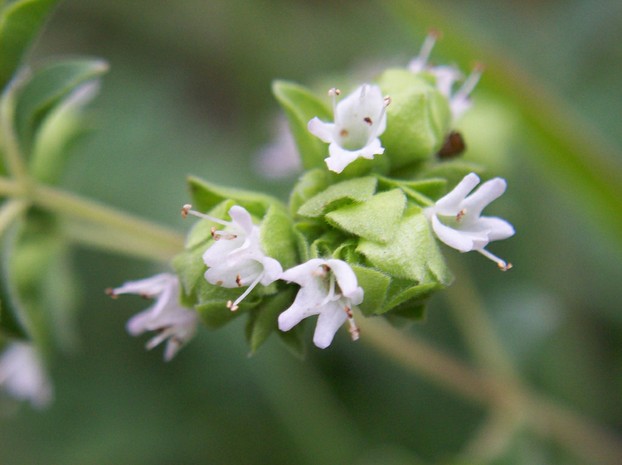
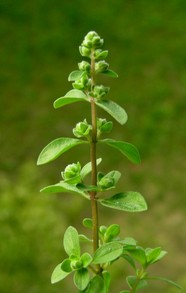
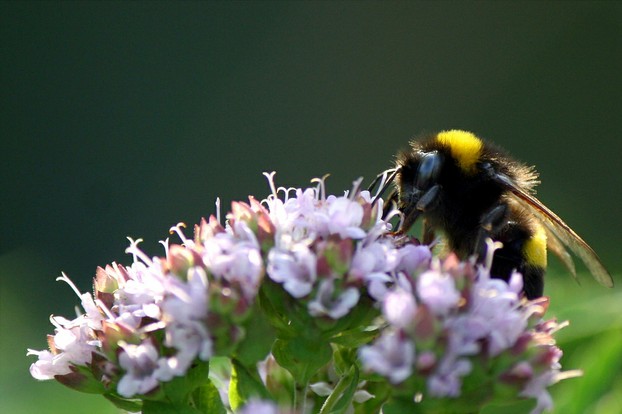
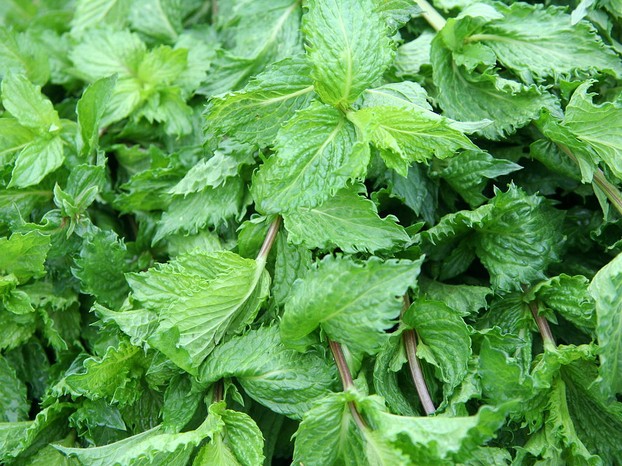
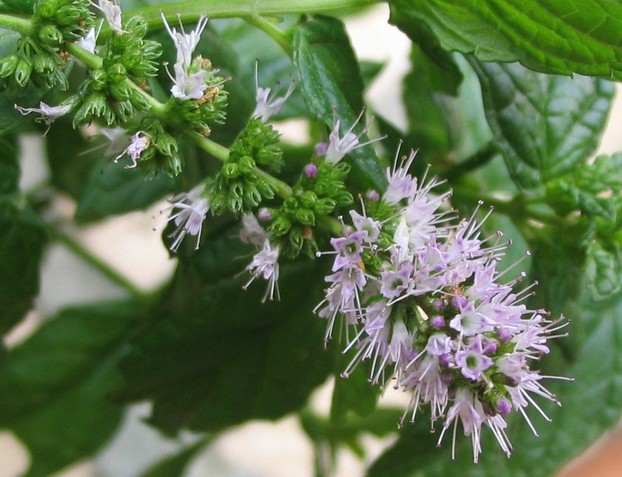
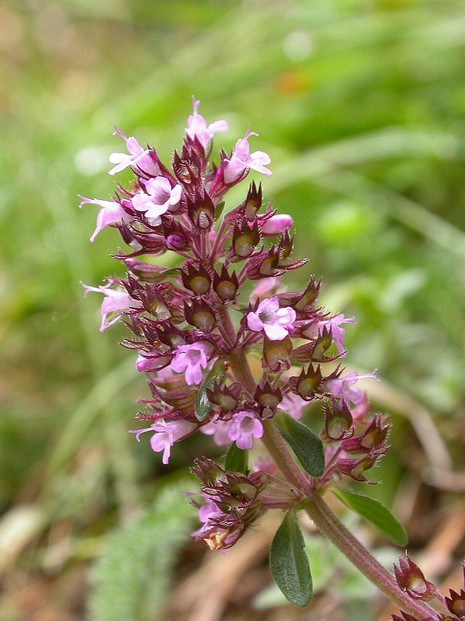
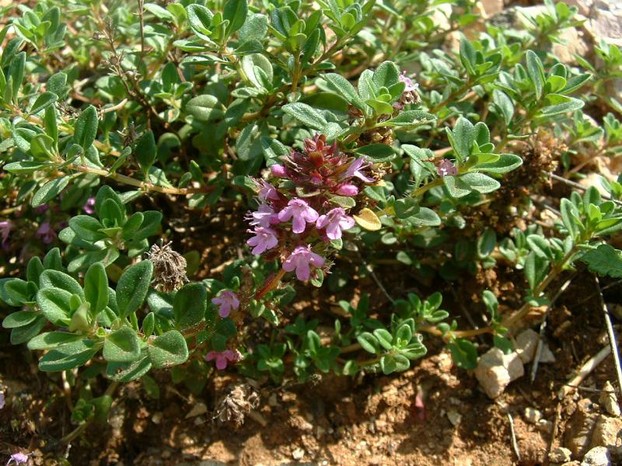
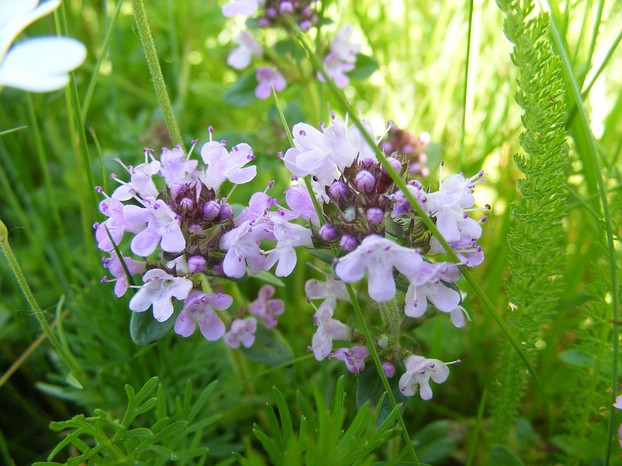
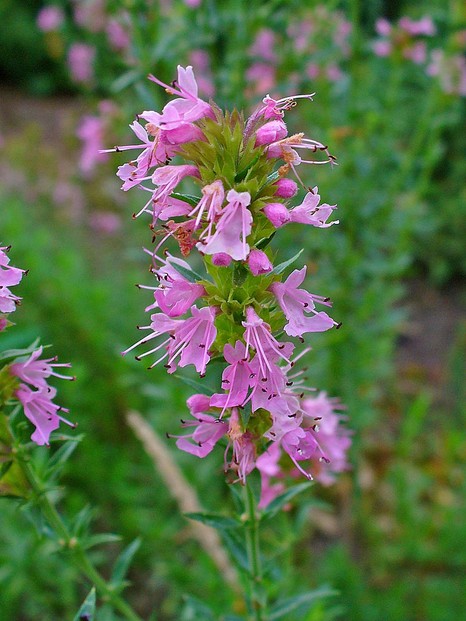
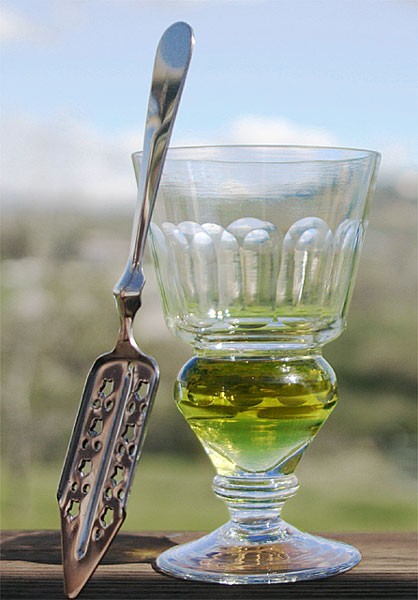
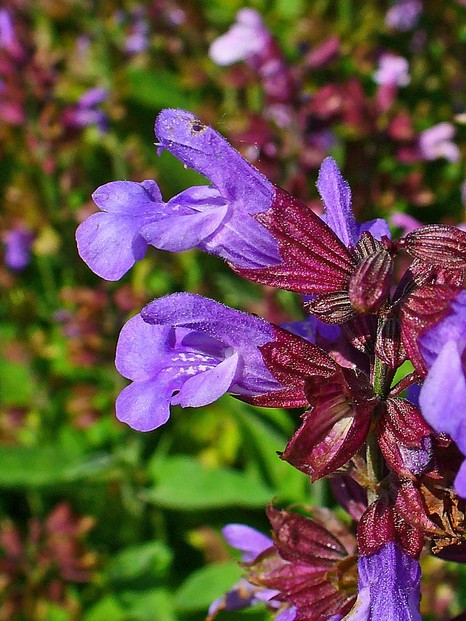
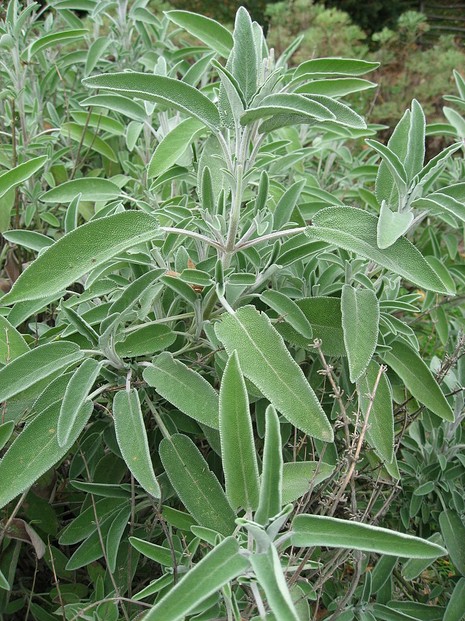
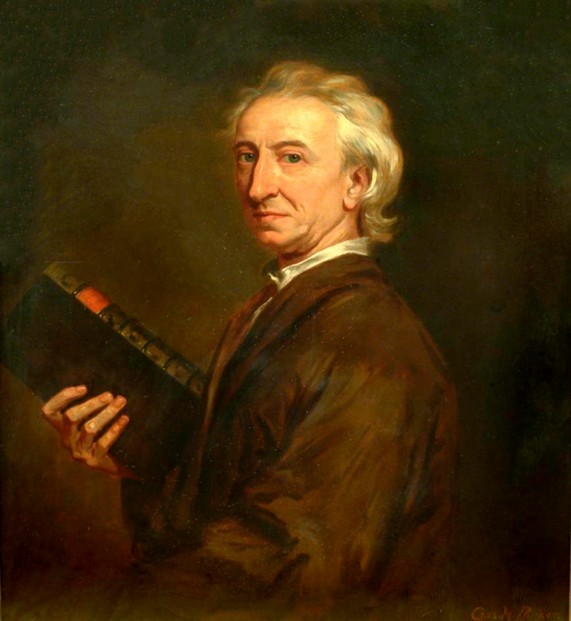
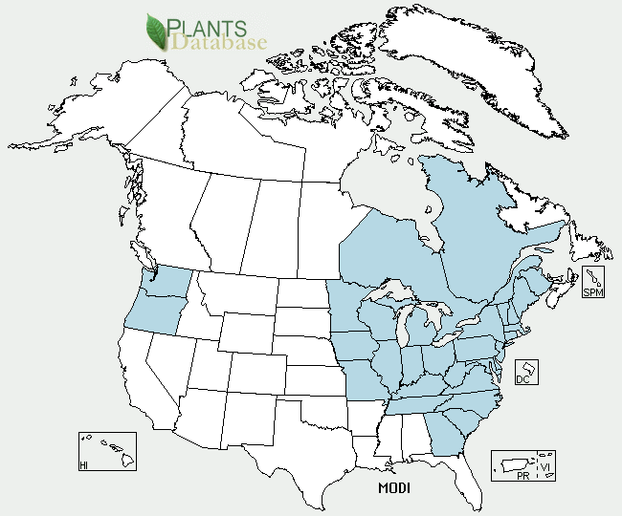
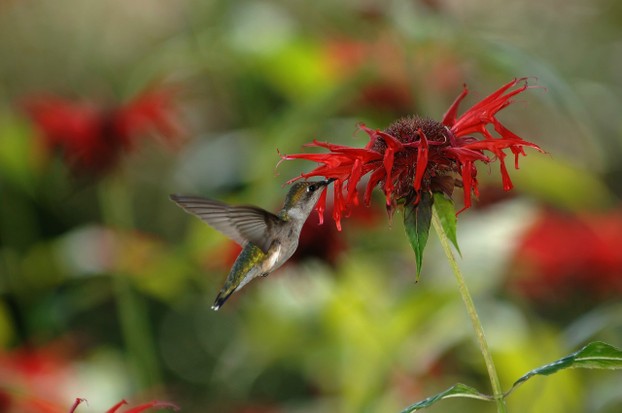
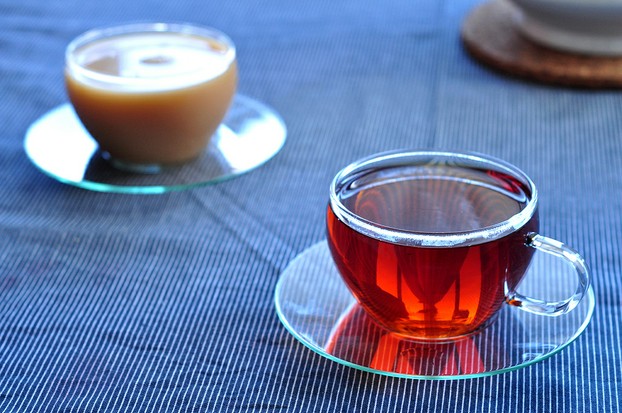
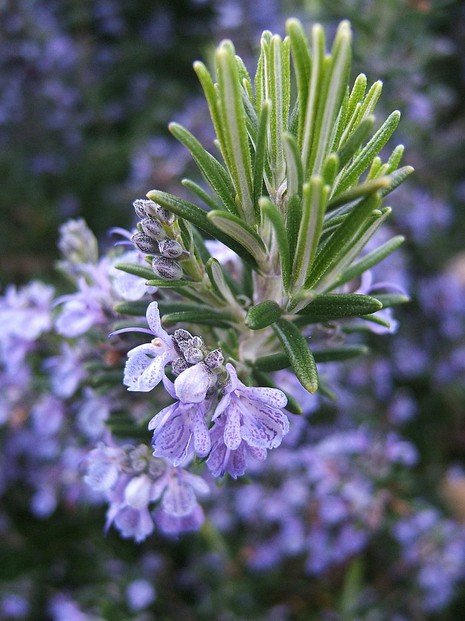
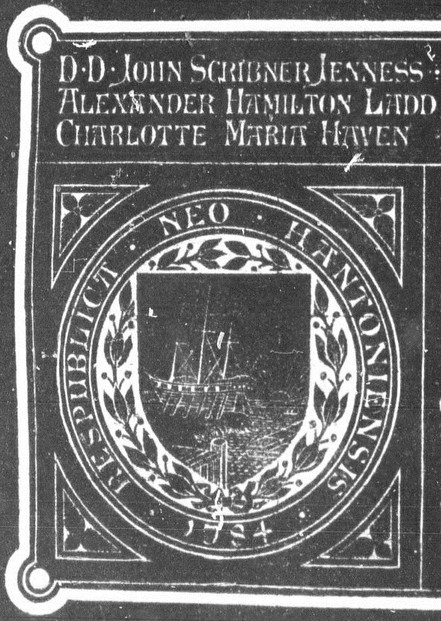

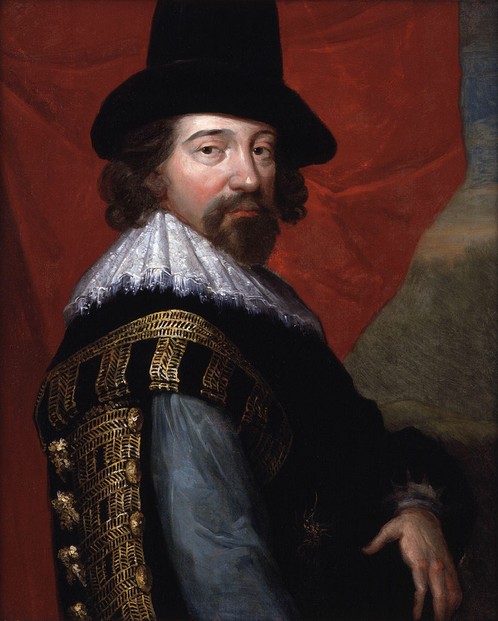
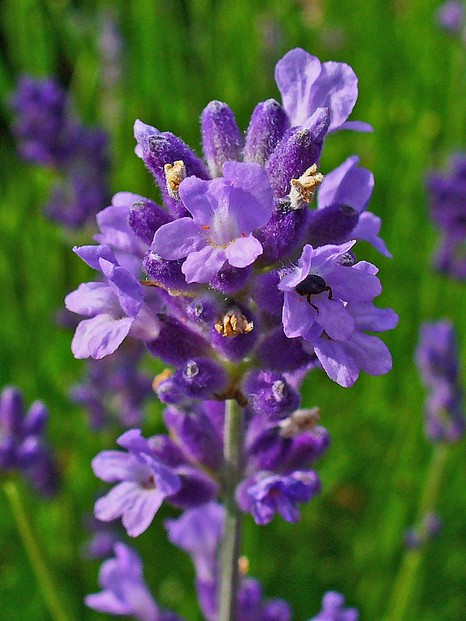
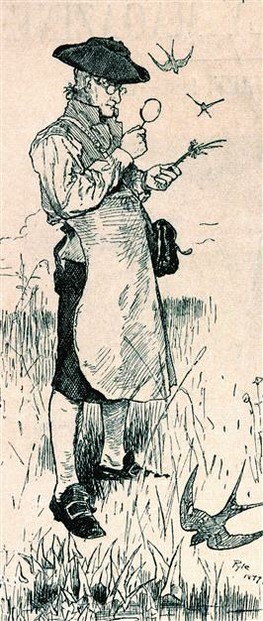
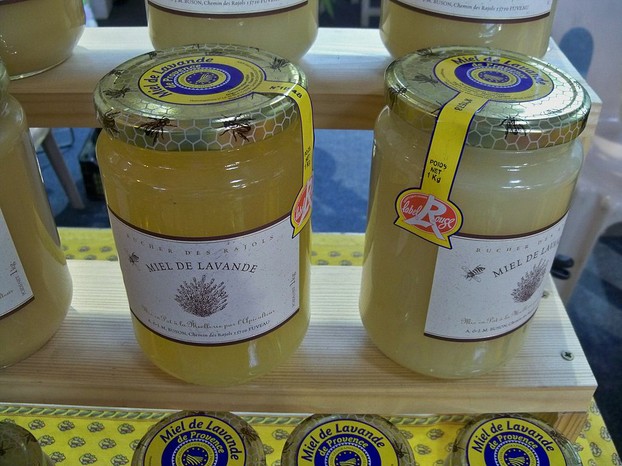
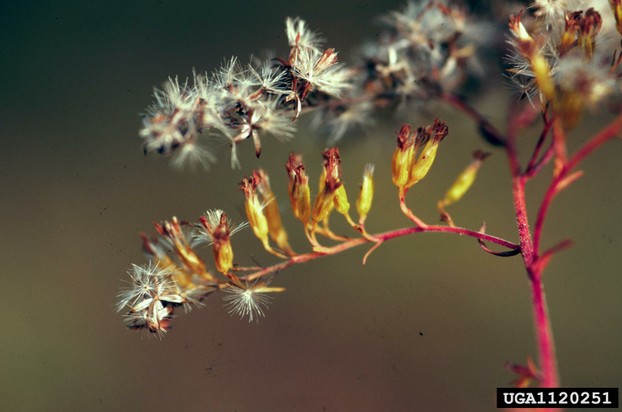
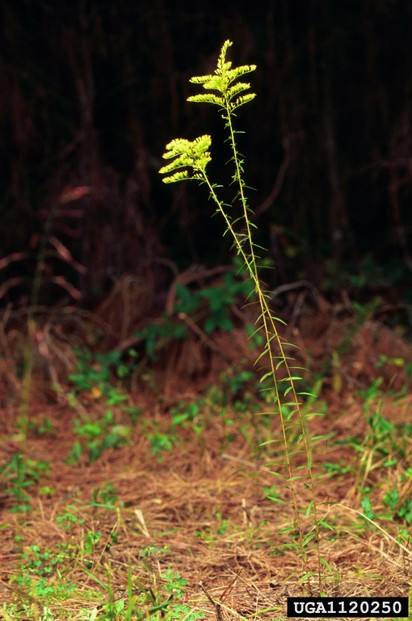
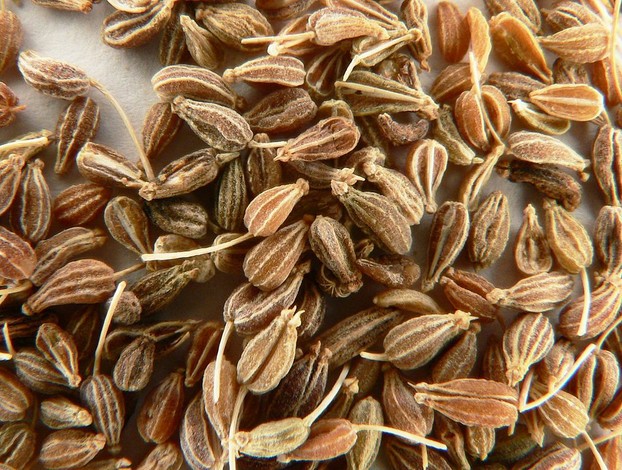
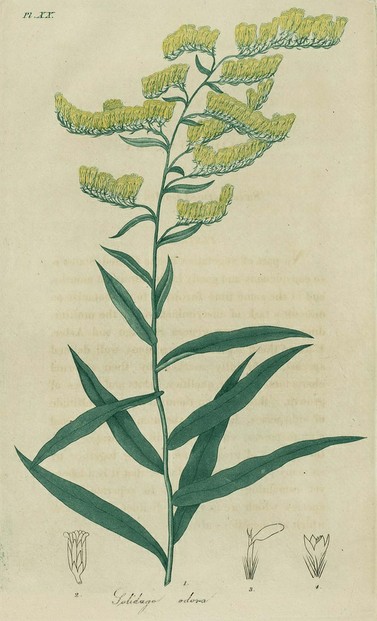
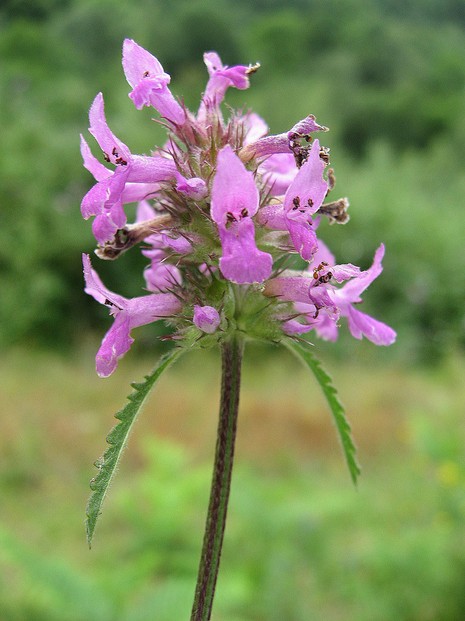
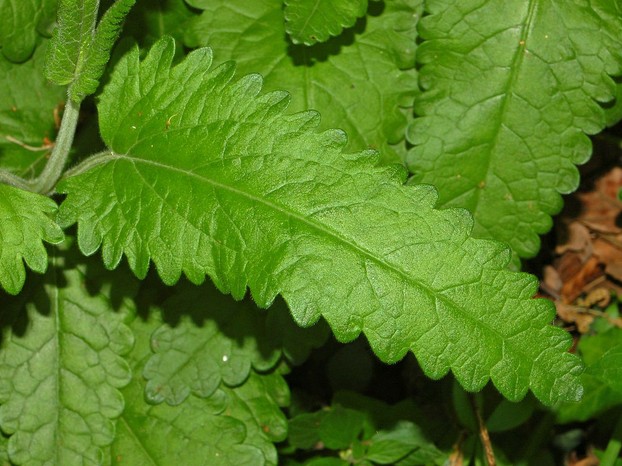
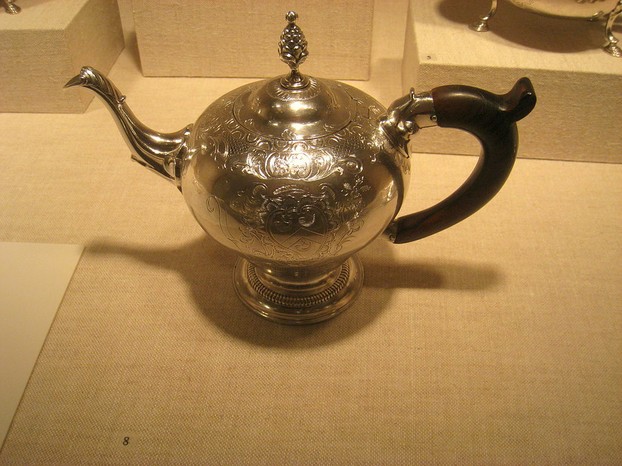
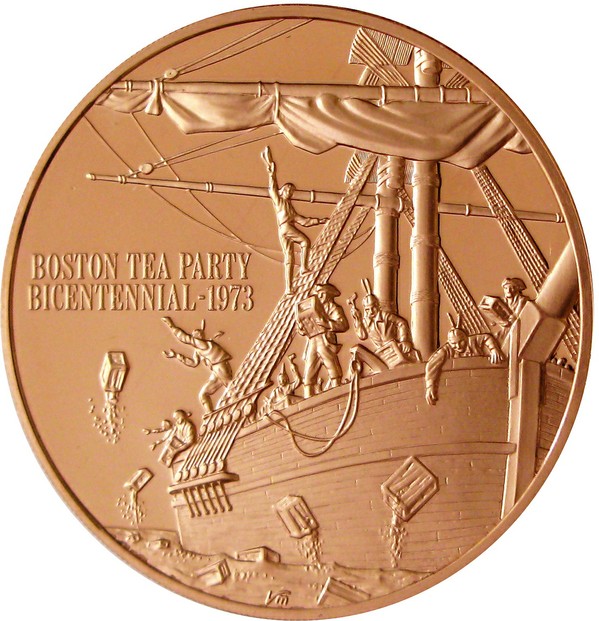
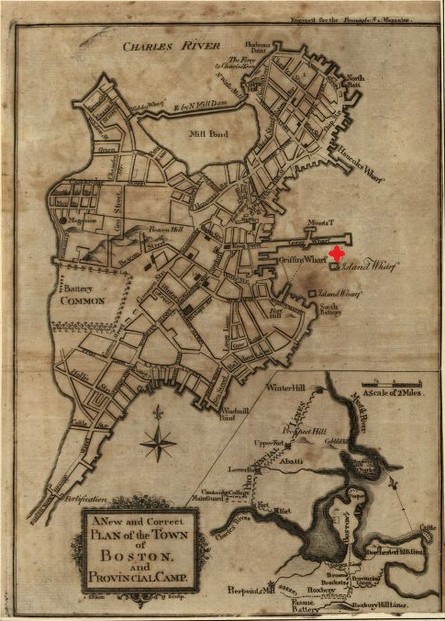
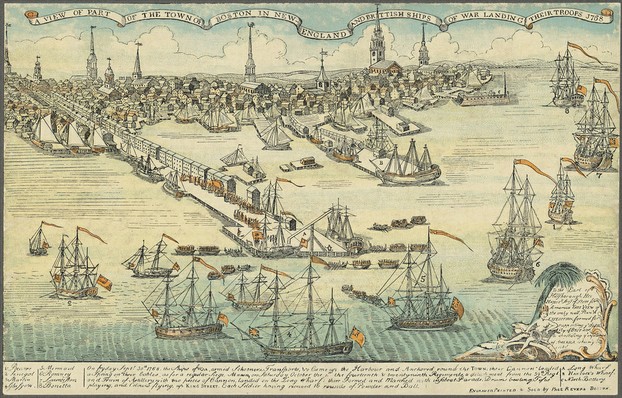






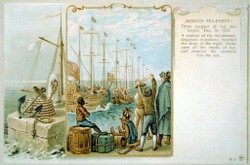

 Are Hawaiian Huakai Po Nightmarchers Avenging Halloween Thursday?on 10/02/2024
Are Hawaiian Huakai Po Nightmarchers Avenging Halloween Thursday?on 10/02/2024
 Mailing Addresses for 2023 Form 4868 Extending 1040 and 1040SR April 15, 2024, Due Dateon 04/15/2024
Mailing Addresses for 2023 Form 4868 Extending 1040 and 1040SR April 15, 2024, Due Dateon 04/15/2024
 Mailing Addresses for 2023 Forms 1040 and 1040SR Filed in 2024on 04/15/2024
Mailing Addresses for 2023 Forms 1040 and 1040SR Filed in 2024on 04/15/2024
 Mailing Addresses for 2022 Form 4868 Extending 1040 and 1040SR April 18, 2023, Due Dateon 04/13/2023
Mailing Addresses for 2022 Form 4868 Extending 1040 and 1040SR April 18, 2023, Due Dateon 04/13/2023

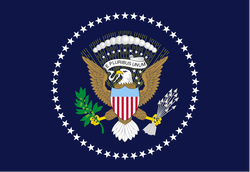
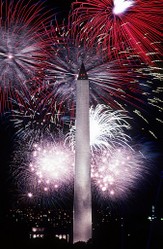
Comments
Thank you for your comments, WriterArtist!
Me too, I appreciate Earl Grey tea (and then Lady Grey -D)!
Have you seen the film The Mistress of Spices? Aishwarya Rai plays a spice shopkeeper who is so scent-, taste- and texture-knowledgeable and sensitive that, in real life, she would have been able to identify the ingredients in your mystery stress-buster tea flowers and fruits!
Will your travel to Egypt show up in an imminent wizzley?
Hi DerdriuMarriner - I am all for tea, especially the herbal ones. I wish I could taste the 6 blends you have mentioned in the introduction para. However, I have tasted jasmine, hibiscus, mint, green tea> Recently, I had a chance of tasting a stress-buster tea which was an amalgamation of exotic flowers and fruits during my visit to Egypt. The blend was a secret though, the merchant did not reveal the ingredients, I ended up buying a packet.
I love tea and always ready to try one. Of English teas - I like the Earl Grey most.
VioletteRose, Herbal teas are fascinating, especially because originally they were based on health-giving and healing properties of plants.
Me, too, I appreciate herbal teas.
Great article! I loved reading this and you have got so much information about a variety of herbal teas. I love learning about different herbs and their use in tea, so definitely I am going to check this page from time to time. The pictures are excellent, thanks for sharing!
Dustytoes, Me, too, I was craving herbal tea as I wrote about all these marvelous teas.
Tea with fresh mint is such a pleasant drink, so fragrant and so refreshing. I also like to add fresh herbals to green tea.
The liberty teas really showcased herbal teas as more than tonics for wellbeing: they could also be enjoyed as a pleasant beverage.
I never thought about how Bostonians and the area would drink tea once the Tea Party took place. I grow mint every summer to add to my green tea, but have never actually made tea from herbs. I am craving a cup of tea right now.